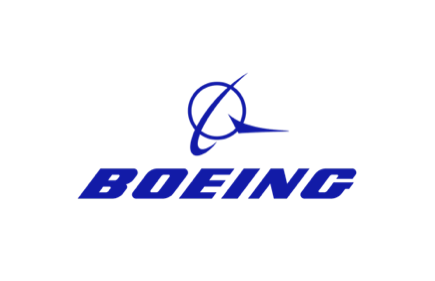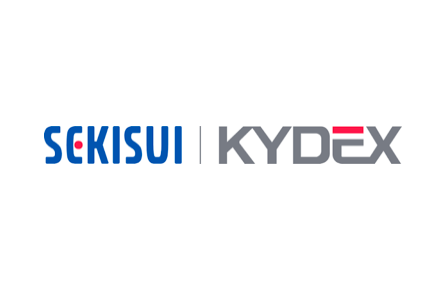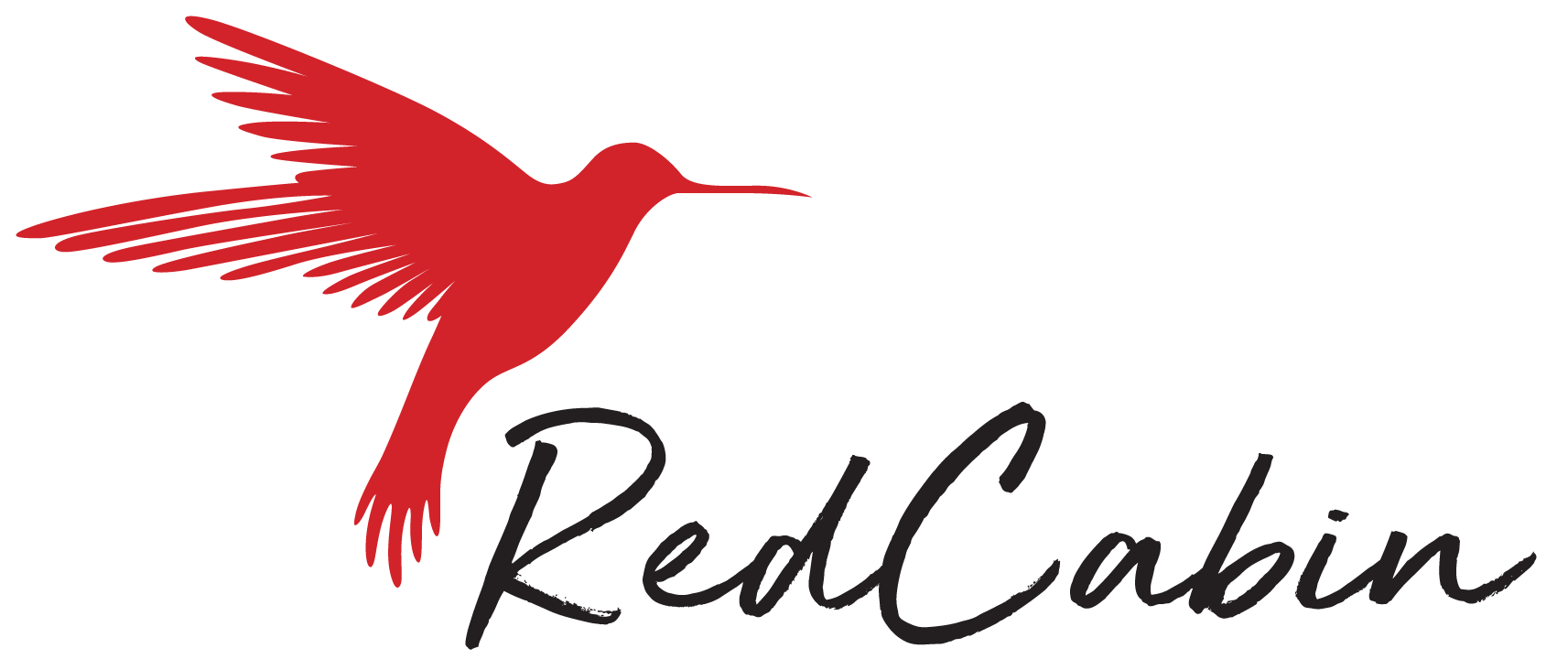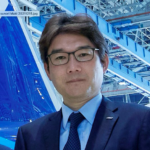JUNE 13, 2024 | FORT WORTH, TX, USA
About The RedCabin Trinity Award
The RedCabin Trinity Award has been brought to live within the Aircraft Cabin Innovation Summit organized by RedCabin. By bringing the world’s greatest transport pioneers together, RedCabin is driving innovation, which is helping tackle the biggest and most pressing challenges across the aviation, automotive and rail industries. Built on our firm belief that collaboration leads to innovation, our RedCabin Innovation Summits are global forums for progress and represent positive change in the transport industry.
The RedCabin Trinity Award recognizes innovation in aircraft interior and first and foremost it brings transport pioneers together with innovators that apply for the award. As a RedCabin Trinity Award winner RedCabin will provide you with the opportunity of a collaboration with an airline. That way RedCabin will help on the next steps of the business cases and will therefore help to make the business case happen. This is our active contribution to support innovators with their concepts and enhance new solutions within the evolution of travel & transport. Uniquely the judging panel is exclusively made up of airlines and aircraft leasing companies – ensuing the awards reflect the real requirements of the industry.
About The Brand Name
The RedCabin Trinity Award marks the collaboration of three stakeholders that come together to bring innovation forward. Together they will further elaborate the proposed concept in order to make a business case out of it. Those stakeholders who follow the path of working together constructively and sustainably are firstly RedCabin as host and coordinator, secondly the end-user that is represented as an airline or as a leasing company and finally by the inventor of the innovative cabin related concept himself.
Categories Of The RedCabin Trinity Awards
This category comprises all concepts for future products including hardware experiences, software experiences and digital services, which represent innovations that push commercial aviation forward. The entry provides mainly a benefit for the passenger and should therefore also provide a great user experience to delight the passenger. Moreover it should ideally also be beneficial for the airline and should be financially viable. The submitted concept must be realistic in the sense that it has at least a 75% chance to become a product within two years. Successful concepts will be grounded in present-day technologies, working practices and infrastructure such that it could be developed and flying within a 2-year. Entries that will be considered will be concepts for integrated experiences such as enhanced boarding/deboarding, immersive entertainment, or economy seats, lavatories, bins, partitions, shades, socialising areas, lounges, sleeping areas, noise reducing systems or materials, user interfaces, lighting experiences e.g. but also complete cabin layouts or software including digital services applications. Concepts should not be older than two years to be considered as an innovation. Concepts for small components should not be considered. Please note that one specific entry is allowed for one specific category only. The judging criteria for this category will be: Passenger benefit (Utility); Operator benefit (Utility) as well as Grade of Innovation.
This category comprises all cabin concepts for future service models and products including hardware, software and digital services which represent innovations that push commercial aviation forward. The entry provides mainly a benefit for the airline. Ideally the service concept will also be beneficial for the passenger. Moreover it must be financially viable for the airline. The submitted concept must be realistic in the sense that it has at least a 75% chance to become a product within two years. Entries that will be considered will be future cabin service models and hardware such as parts of the galley like trolleys or even all galleys as an integrated galley system, monuments, interfaces, crew areas and entry areas e.g. but also complete cabin layouts, connected cabins or software including digital services like applications. Concepts should not be older than two years to be considered as an innovation. Concepts for small components should not be considered. Please note that one specific entry is allowed for one specific category only. The judging criteria for this category will be: Operator benefit (Utility); Passenger benefit (Utility) as well as Grade of Innovation.
This category comprises all cabin interior concepts for future products including service models, hardware, software and digital services which represent innovations that push the MRO sector forward. The entry provides mainly a benefit for the airline or for the leasing company as e.g. by saving time (TAT e.g.) and costs. Ideally the service concept will also be beneficial for the MRO companies. Those can be concepts for products, systems, services, processes like for the exchange of cabin material (e.g. carpets, seat covers etc.), for surface cleaning, seating replacement systems, for connected aircraft with preventive maintenance and many more. Moreover it must be financially viable for the airline. The submitted concept must be realistic in the sense that it has at least a 75% chance to become a product within two years. Concepts should not be older than two years to be considered as an innovation. Concepts for small components should not be considered. Please note that one specific entry is allowed for one specific category only. The judging criteria for this category will be: Operator benefit (Utility); MRO company benefit (Utility) as well as Grade of Innovation.
Thinking about aircraft cabins, how can the industry best contribute to net zero by 2050? This category requires innovative concepts for sustainable products, concepts, processes and services that can be implemented in the aircraft cabin or that have a strong aircraft cabin context. These can be systems that e.g. reduce weight, energy, especially fossil energy, the use of water or waste. It also comprises sustainable materials as well as complete production processes for the production of aircraft cabin innovations with a focus on recyclability. All entries must reduce the environmental impact across the full cabin life cycle. Concepts should not be older than two years to be considered as an innovation. The submitted concept must be realistic in the sense that it has at least a 75% chance to become a product within two years. Concepts for small components should not be considered. Please note that one specific entry is allowed for one specific category only.
These are the following four judging criteria and targets for the submitted concept in this category:
– Reduced carbon emissions: How much is the reduction of the carbon emissions within the use of your future product?
– Energy/ weight savings: How much energy or weight does the owner of your future product save by the use of it? Does the design of the product specifically reduce weight?
– Circularity: Is the material that your future product is made of recyclable? If so, how much of these go into the industry? Or is there any recycled material to be used for the future product? Is the design of the future product suitable to be made of recycled material or to be recycled?
– Impact on the environment: What kind of sustainable service do you use in your plant? How are your goods shipped e.g.?
These criteria are multiple touchpoints that lead to an overall balance within the sustainability category. It is therefore important that a concept for this category needs to hit at least three of the four mentioned targets above for a successful submission.
A minimum of three different entities – each contributing approximately equal to the project – are coming together to create e.g a product, concept, process, service, a new technology or a new industry standard that brings a significant value to commercial aviation. The focus does not only lie in the result itself that has been created, but also on the approach to collaboration. The “approach” includes, for example, how entities work together in a trust building way, how entities resolve conflicting priorities, how they manage ownership of new intellectual properties, and others. To fulfill this specific requirement the applicant may also answer the following questions: How is this collaboration funded? How is the product/service information acquired/ updated/ crowd sourced? In which way is it a unique and unlikely symbiotic partnership?
Entities can consist of companies, universities & colleges, research institutes and associations, but also of individuals like designers, engineers, inventors or students. This category comprises all innovative concepts for products, concepts, systems or processes including hardware, software and digital services that are defined in the categories Passenger Experience Concept, Cabin Service Concept, Cabin MRO Concept and Sustainability Concept. The entry provides mainly a benefit for the operator and either for the MRO company or for the passenger and ideally for both of them. The submitted concept must be realistic in the sense that it has at least a 75% chance to become a product within two years. Concepts should not be older than two years to be considered as an innovation. Concepts for small components should not be considered. Please note that one specific entry is allowed for one specific category only. The judging criteria for this category will be applied from the corresponding categories mentioned above with regard to the specific entry.
The Newcomer award will be given to an entity or institution that is younger than two years, to a start-up or to any individual that is relatively new to the industry including students. The Newcomer created a cabin innovation concept that will have a major impact on the civil aviation industry. All kinds of entries mentioned for the categories Passenger Experience Concept, Cabin Service Concept, Cabin MRO Concept and Sustainability Concept can be submitted here. The entry provides mainly a benefit for the operator and either for the MRO company or for the passenger and ideally for both of them. Concepts should not be older than two years to be considered as an innovation. The submitted concept must be realistic in the sense that it has at least a 75% chance to become a product within two years. Concepts for small components should not be considered. Please note that one specific entry is allowed for one specific category only. The judging criteria for this category will be applied from the corresponding categories mentioned above with regard to the specific entry.
Best of RedCabin will be awarded to a speaker, a moderator or a workshop leader of the current Cabin Innovation Summit programme, which will reinforce the culture of RedCabin – Aircraft Cabin Innovation Summit. This award is an audience award. Each participant of the Summit will vote for the best candidate.
The Influential – Award will go to one person who has contributed to RedCabin with an outstanding commitment and achievements to the industry.
The RedCabin Trinity Award 2024
ENTRY TERMS AND REGULATIONS
JURY MEMBERS

HENRY BUCKLEY
Virgin Atlantic Airways

PETER COOKE
British Airways

JOY KELLY
AVOLON
PARTNERS

BOEING
Boeing Commercial Airplanes is committed to being the leader in commercial aviation by offering airplanes and services that deliver superior design, efficiency and value to our customers and a superior flying experience to their customers. Today, there are more than 10,000 Boeing commercial jetliners in service; airplanes that fly farther on less fuel, airplanes that reduce airport noise and emissions, airplanes that provide passenger-preferred comfort while delivering superior bottom-line performance to operators. Leadership for today and tomorrow. That’s a better way to fly. Boeing Commercial Airplanes, a business unit of The Boeing Company, is headquartered in Seattle, Washington and employs more than 60,000 people worldwide.

SEKISUI KYDEX
SEKISUI KYDEX innovates and creates sustainable thermoplastic material solutions for the next generation of product design to help enhance the passenger experience. The KYDEX® Thermoplastics Quick Response Manufacturing (QRM) business model of manufacturing bespoke materials with short lead times in small quantities expands beyond thermoplastic sheet. The fully compliant KYDEX® portfolio also includes injection molding resins, proprietary Infused ImagingTM technology, integral special effects, unique textures, antibacterial protection and custom products and design. The SEKISUI KYDEX appLabTM and designLab® Innovation Centers are collaborative spaces for clients and customers to bring the supply chain together for rapid prototyping and design development. These spaces are the bridge between engineering and art.
EVALUATION AND SCORING PROCESS
Every entry to the RedCabin Trinity Award is going to be viewed by the Screening Executive Board in order to check if all requirements of the competition are fulfilled. Only those entries that meet all requirements will then officially be accepted and will be evaluated by the Jury members accordingly. This means that those entries will be shortlisted.
The Jury members will evaluate every short-listed entry according to the application material they have been provided with by the applicant. The complete evaluation process comprises two phases.
Timeline RedCabin Trinity Award 2024
NOV 9, 2023
Start of application period
JAN 17, 2024
End of application period
BY THE END OF JANUARY 2024
Remote Screening of all entries by the Screening Executive Board
BY THE THIRD WEEK OF MARCH 2024
Publication of the shortlist
BY THE THIRD WEEK OF APRIL 2024
Publication of the finalists
MAY 8-9, 2024
Remote Final Viewing
JUNE 13, 2024
Physical Award Ceremony at the 2nd day of Aircraft Cabin Innovation Summit in Dallas, USA
JAN 1, 2025
Start of application period for 2025
FAQ`S
What can be handed in to the competition of the RedCabin Trinity Award?
You can hand in any innovative concept for a product, process, system or service model related to aircraft interior of civil aviation.
Where are the trophies going to be awarded?
The Award Ceremony will take place on the 13th of June 2024 within the RedCabin Aircraft Cabin innovation Summit taking place in Dallas, USA.
Do I have to provide a physical example?
There is no need to provide the RedCabin GmbH with a physical example or any kind of hardware. Your entry is going to be submitted online. Also for the Final Viewing there is no need to present any physical object as the finals are going to be held remotely.
Do I have to provide a physical example?
There is no need to provide the RedCabin GmbH with a physical example or any kind of hardware. Your entry is going to be submitted online. Also for the Final Viewing there is no need to present any physical object as the finals are going to be held remotely.
What is my benefit in taking part of the competition?
The RedCabin Trinity Award recognizes innovation in aircraft interior and first and foremost it brings transport pioneers together with innovators that apply for the award. As a RedCabin Trinity Award winner RedCabin will provide you with the opportunity of a collaboration with an airline. That way RedCabin will help on the next steps of the business cases and will therefore help to make the business case happen. This is our active contribution to support innovators with their concepts and enhance new solutions within the evolution of travel and transport.






